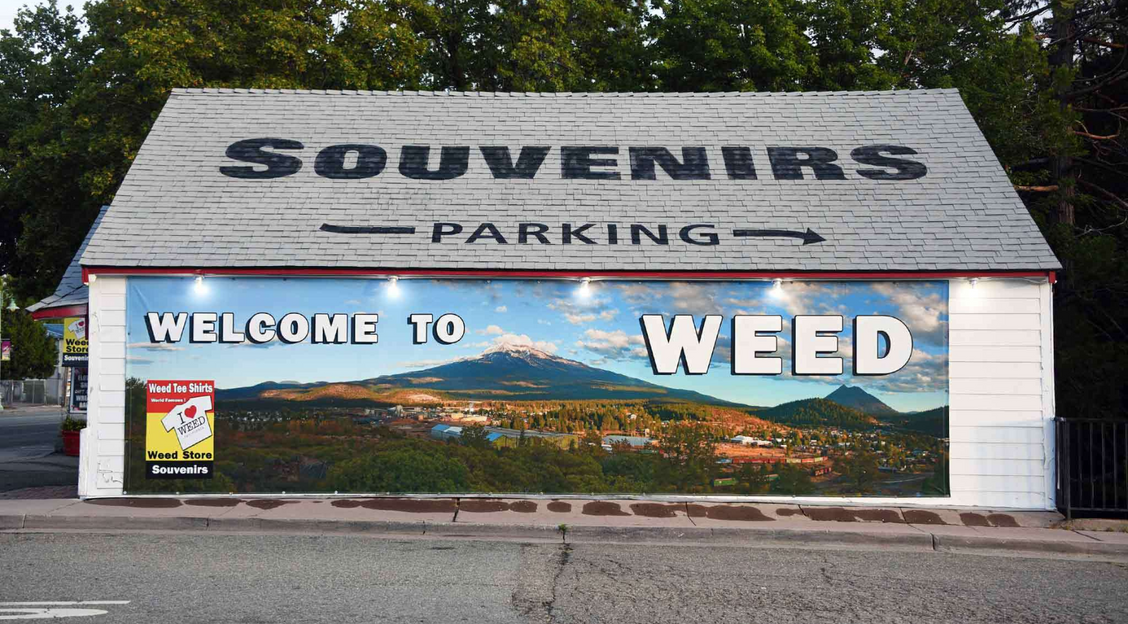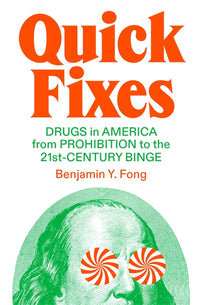Ganjapreneurs and the Caucasian Cannabis Cartel
Business is now booming in the marijuana industry, despite it still being controlled at the federal level as a Schedule 1 drug.

In October 2009, a Justice Department memo suggested that busting medical marijuana patients and businesses would be a low priority, inaugurating the “Great Green Rush.” Soon the rich and powerful—philanthropist George Soros, Men’s Wearhouse founder George Zimmer, University of Phoenix founder John Sperling—were bankrolling pro-pot ballot initiatives and other efforts, and in 2012, the first states (Washington and Colorado) legalized marijuana for recreational use. As of the summer of 2022, nineteen states have legalized recreational use, and thirty-seven have legalized medical use, but federally, marijuana still remains a Schedule I drug.
Joe Biden or any other American president could change this with a stroke of a pen. Biden, for his part, has made baby steps on the issue, but he hasn’t taken decisive action here, likely for fear of the political consequences—specifically the pressure that would naturally follow from marijuana legalization to expunge the records of many of the hundreds of thousands of people in prison for nonviolent drug offenses. Either he would have to live with the contradiction of lots of people behind bars for a legal act, or he’d have governors around the country blaming the Democrats for mass releasing criminals into our communities. With marijuana a low-priority voting issue, not to mention policy itself being increasingly disconnected from electoral politics, Democratic Party strategists have been quite content to signal in the right direction but ultimately kick the can down the road.
In this legal murk, business is still flourishing: in 2021, the legal and illegal cannabis markets together formed a $117.5 billion industry. Residents of Weed, California, who once thought marijuana the “devil’s lettuce,” have been won over by the inflow of visitors with cash to spend. Licensing their logo might net the city half a million dollars. Where the rational argumentation of liberal reformers has failed for so long, the profit motive has been victorious.
But while renegade growers and egomaniacal distributors used to be the beneficiaries of the marijuana trade, publicly traded corporations are increasingly stepping in to take control. For the moment, this shift has not been decisive: economists Robin Goldstein and Daniel Sumner estimate that 75 percent of the weed sold in California is illegal and about half the price of its legal equivalent. Still, cannabis companies are experiencing near-exponential growth, and the enclosure of what writer June Thunderstorm calls the “marijuana commons” is on the horizon. The alcohol conglomerate Constellation Brands is a major investor, as is Altria (previously Philip Morris). A former Purdue Pharma CEO is now the president and head of the “pharma” division of Emblem, a cannabis company. In 2019, the marijuana industry produced its first billionaire: Boris Jordan, who owns a third of Curaleaf—the “Starbucks of cannabis,” according to Jordan.
Many onlookers seem positively shocked “that the emergence of a profitable cannabis market may not necessarily challenge economic and racial inequalities across society,” as if there were some inherently ethical nature to green culture that would lead it to do better. Part of the problem is in the financing of the cannabis industry: since federally chartered banks fear the possibility of being prosecuted for aiding criminal activity, “ganjapreneurs” must rely on venture capitalists who are generally not interested in seeing cannabis capitalism differ in any way from capitalism itself. But the simple truth of the matter is that legalization efforts around the country are not about righting historic wrongs but rather about benefiting what Edward Forchion Jr., a.k.a. NJWeedman, refers to as the “Caucasian Cannabis Cartel.”
At the end of their 1974 history of marijuana prohibition, Bonnie and Whitebread emphasize that “we do not endorse the ‘alcohol model’; indeed the legal channels of marihuana distribution should not resemble those now employed for alcoholic beverages.” This conclusion seems odd for a book that carefully lays out the absurdity of Anslinger’s America, but their position was not uncommon at the time. Amorphia, an early coalition partner of NORML’s, “wanted no part of a commercial, state-controlled, alcohol-model marijuana system.” They would “support no initiative that did not permit personal cultivation: free backyard grass.” Their fear that large, profit-making enterprises would turn marijuana into a soulless and exploitative industry, akin to that of tobacco or alcohol, was well founded. In many places around the US today, we’ve got the drug itself, but without all the things that used to make it appealing.
— Excerpted from Quick Fixes: Drugs in America from Prohibition to the 21st Century Binge by Benjamin Yen-Yi Fong
[book-strip]
